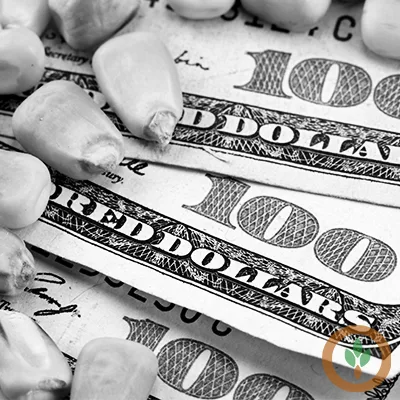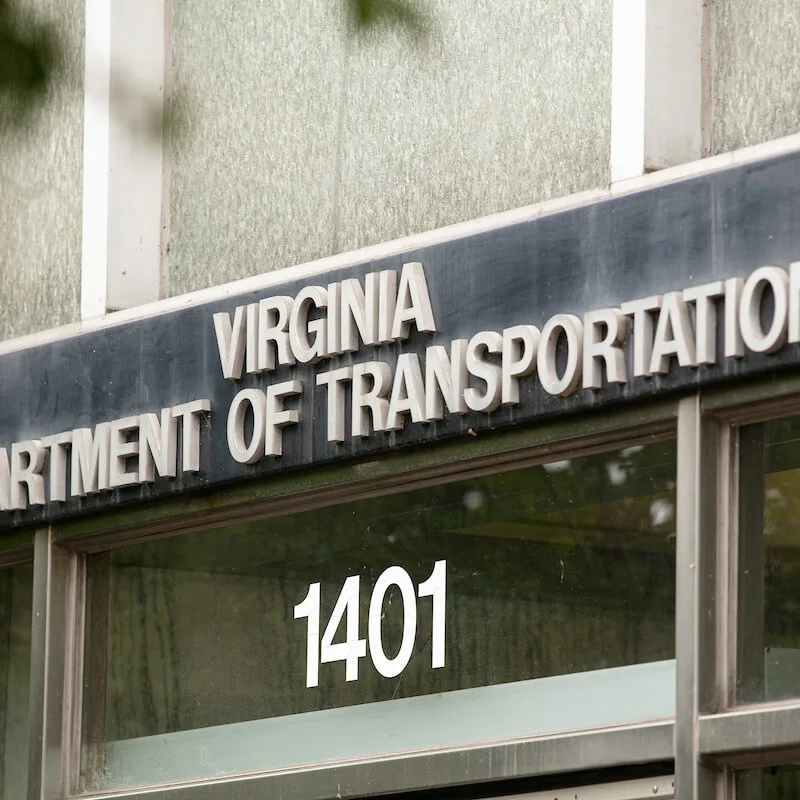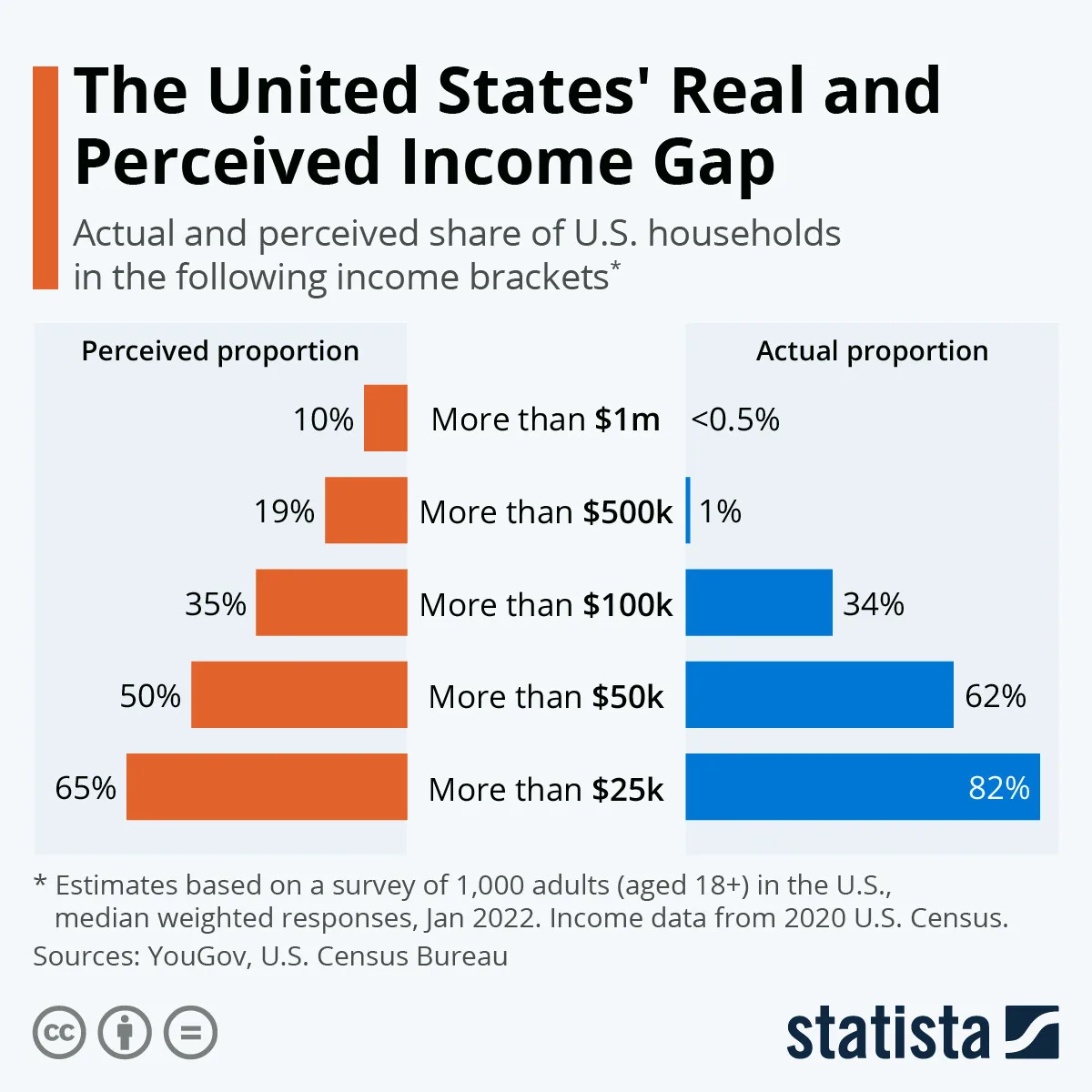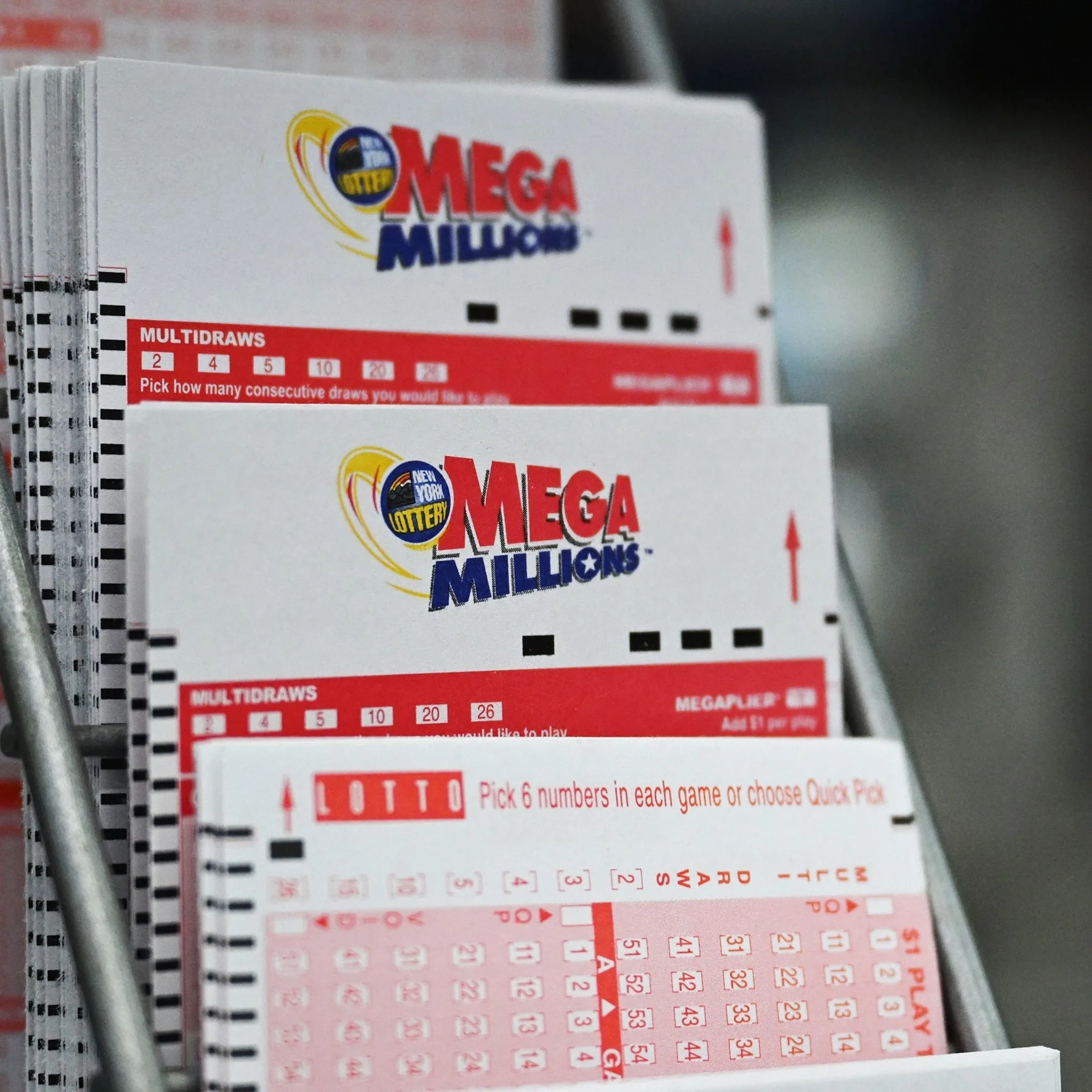On December 18, 2024, the Brazilian real experienced a notable depreciation against the U.S. dollar, reaching R$ 6.19. This increase has raised several questions among economists and market analysts regarding the factors driving this surge. The dollar’s rise was primarily attributed to ongoing political instability and emerging market pressures, combined with high inflation rates that continue to affect consumer confidence.
During the market opening, the dollar traded at R$ 6.15, climbing up as the day progressed. Analysts noted that this volatility is a result of external influences, including the Federal Reserve’s recent interest rate hikes and geopolitical tensions affecting global markets.
Famed economist José Carlos de Souza commented, ‘The current economic climate has made investors reactive, causing abrupt increases in the dollar’s value. Until there is a clear signal of stability in both domestic and international markets, we can expect these fluctuations to continue.’
Additionally, the B3 (Brazilian Stock Exchange) witnessed a decline with the Ibovespa index dropping by 1.5%, influenced by the dollar’s performance and investor caution about potential presidential elections early next year. Chief Financial Analyst, Patricia Almeida, stated, ‘While speculative activities tend to inject volatility, the underlying economic fundamentals need to improve for sustained growth.’
The rise in the dollar has also been reflected in prices across various sectors, with imports becoming more expensive and contributing to nationwide inflation concerns. As reported, Brazilian consumers are beginning to feel the pinch in everyday purchases, prompting calls for further economic reforms to stabilize the financial landscape. Reports indicate that rising costs in essential goods are leading to a more comprehensive dialogue on fiscal policy among lawmakers.











